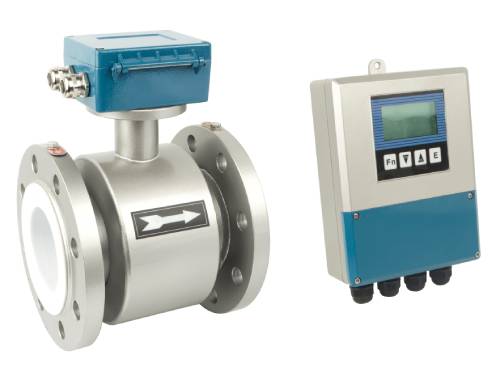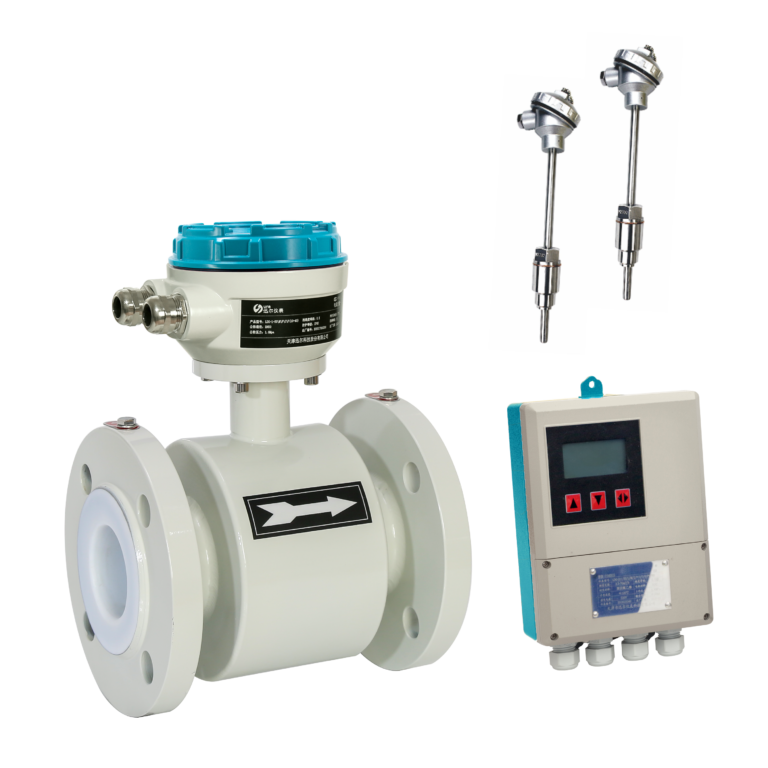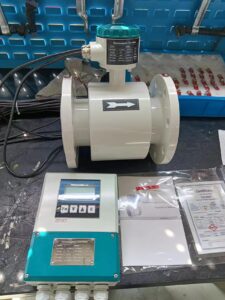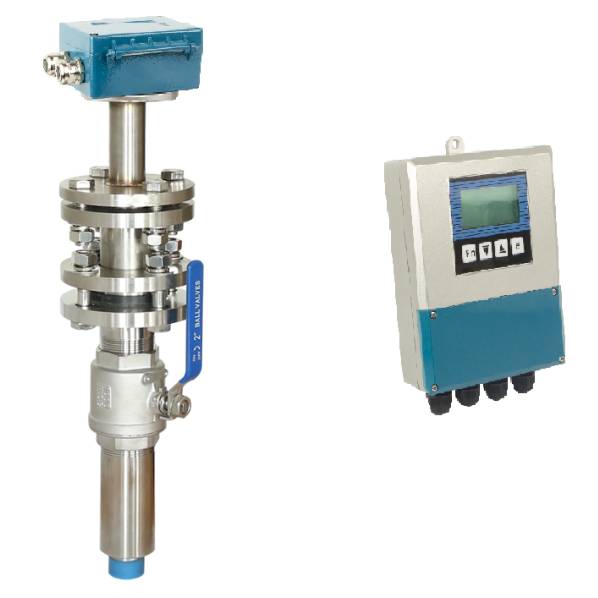Integrated and split-type instruments are two common structural forms of measurement devices, each with its own unique characteristics and suitable application scenarios. Choosing between the two requires careful consideration of specific needs and operating environments. This article outlines key factors to guide the selection process, supported by detailed insights.

Installation Environment and Conditions
Harsh Environments:
- In environments where high temperatures (exceeding 60°C), corrosive gases, or strong electromagnetic interference are present, split-type instruments are highly recommended.
- The separation of the sensor and signal processing unit in split-type designs minimizes the impact of these adverse factors on performance. For instance, in a petrochemical facility with strong corrosive vapors, the sensor can be installed in proximity to the process, while the signal processing unit remains in a controlled, safer location.
Favorable Environments:
- In installations where environmental conditions are stable and the location is easily accessible, integrated instruments are a better choice.
- Their compact structure simplifies installation and maintenance while occupying minimal space. For example, in water treatment plants with controlled environments, integrated flow meters are widely used for their simplicity and cost-effectiveness.

Operational Convenience
Ease of Monitoring and Control:
- Split-type instruments often feature larger displays and more operational interfaces, making them ideal for scenarios requiring frequent adjustments or monitoring from a distance. For instance, in industrial automation setups requiring remote monitoring, split-type designs with enhanced visual interfaces improve operational efficiency.
Simplified Operations:
- Integrated instruments, with their high level of integration, are designed for quick installation and straightforward operation. They are especially suited for environments where users prioritize simplicity over customization. For example, in laboratory settings, compact integrated sensors are preferred for their plug-and-play capabilities.
Operational Convenience
Ease of Monitoring and Control:
- Split-type instruments often feature larger displays and more operational interfaces, making them ideal for scenarios requiring frequent adjustments or monitoring from a distance. For instance, in industrial automation setups requiring remote monitoring, split-type designs with enhanced visual interfaces improve operational efficiency.
Simplified Operations:
- Integrated instruments, with their high level of integration, are designed for quick installation and straightforward operation. They are especially suited for environments where users prioritize simplicity over customization. For example, in laboratory settings, compact integrated sensors are preferred for their plug-and-play capabilities.

Application Scenarios
Integrated Instruments:
- Best suited for applications demanding compactness and simplicity, such as:
- Water and wastewater management systems where installation space is limited.
- Residential HVAC systems for temperature and pressure monitoring.
- Best suited for applications demanding compactness and simplicity, such as:
Split-Type Instruments:
- Optimal for environments requiring adaptability and resilience, including:
- Chemical plants, where sensors must withstand corrosive materials while processing units remain in a controlled room.
- Large-scale flow measurement in oil and gas pipelines, where remote monitoring is critical.
- Optimal for environments requiring adaptability and resilience, including:
Key Technical Considerations
- Signal Transmission:
- Split-type instruments can transmit signals over longer distances without compromising accuracy, making them ideal for extensive industrial plants.
- Precision and Response:
- Integrated instruments, with minimal internal connections, may offer faster response times and higher precision, particularly in small-scale or fast-changing processes.

Conclusion
The choice between integrated and split-type instruments should be guided by a holistic assessment of installation environments, operational demands, maintenance requirements, and specific application scenarios. To summarize:
- Opt for split-type instruments in harsh environments, complex setups requiring frequent servicing, or where remote monitoring is necessary.
- Choose integrated instruments for straightforward applications, controlled environments, or when simplicity and compactness are key.
By aligning the instrument selection with operational priorities and environmental conditions, businesses can achieve optimal performance, cost efficiency, and reliability in their measurement systems.
